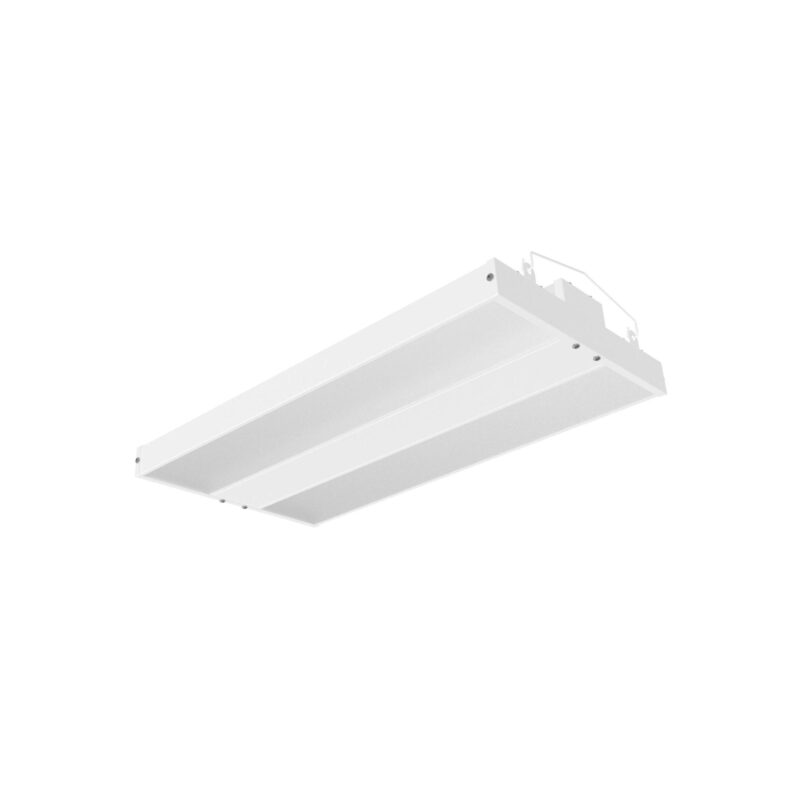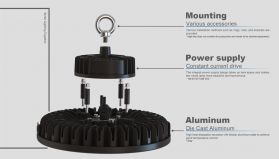Table of Contents
ToggleIntroduction
Have you ever wondered why the brightness of your lights seems to dim over time? Or why some lighting systems need more frequent upkeep than others? The answer lies in understanding the concept of the lights maintenance factor.
Lighting fixtures plays a crucial role in our daily lives, whether it’s in our homes, offices, warehouses, or on the streets. But to ensure that our lighting perform optimally and provide the right amount of illumination, we need to pay attention to their maintenance.
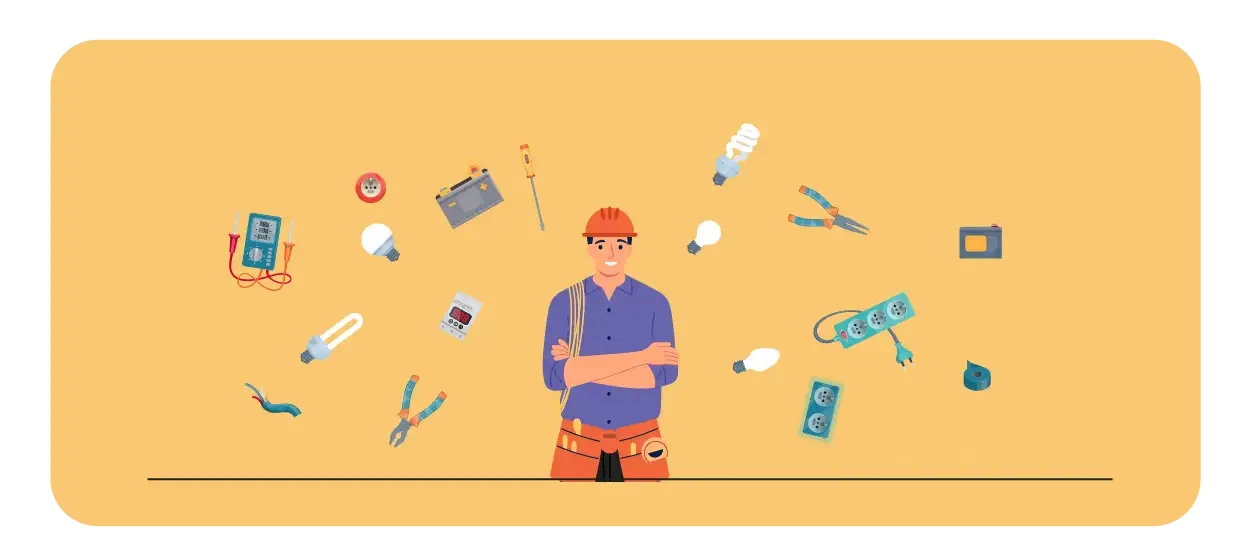
Role of Maintenance Lamps
Ensure lighting effects
- During use, lamps can accumulate debris such as dust, oil, and cobwebs, which can affect light transmission.
- Regularly cleaning the lampshade and reflective surfaces can restore illumination and ensure uniform lighting.
Maintain Light Quality
- Aging of the lamp interior or the lamp tube can cause light color shifts or increase glare.
- Maintenance can slow light color shifts and maintain a comfortable, consistent lighting environment.
Extending Lamp Life
- Dust accumulation inside the lamp can lead to poor heat dissipation, increasing the heat load on the LEDs or lamp tubes and shortening their lifespan.
- Regularly inspecting the cooling system, wiring, and lamp structure can extend the lifespan of the equipment.
Improving Safety
- Dust accumulation or damage to lamps can cause short circuits or even fires.
- Regular maintenance and inspection of wiring, lamp holders, and housings can prevent safety incidents.
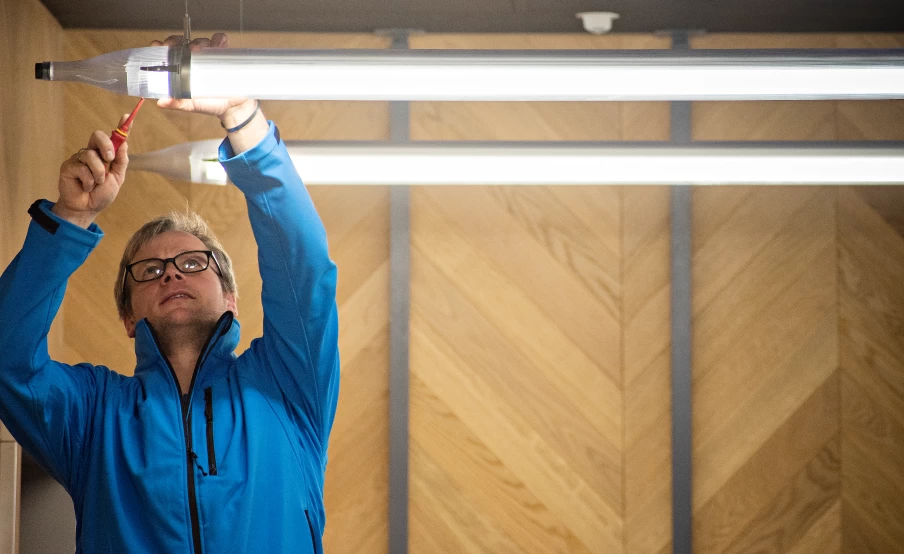
Understanding the Lighting Maintenance Factor
So, what exactly is the lighting maintenance factor? It’s a key metric that considers the decrease in light output over time due to various factors such as dirt accumulation, lamp lumen depreciation, and component aging.
The maintenance factor helps us predict how much the light output will decline and plan for necessary maintenance or replacements. The basic calculation method for the lighting maintenance factor is as follows:
- Lighting Maintenance Factor = Average Illuminance after a Period of Use / Initial Average Illuminance
For instance, if a lighting system has an initial average illuminance of 1000 lux and the average illuminance after a certain period of use is 800 lux, the lighting maintenance factor would be 800 / 1000 = 0.8.
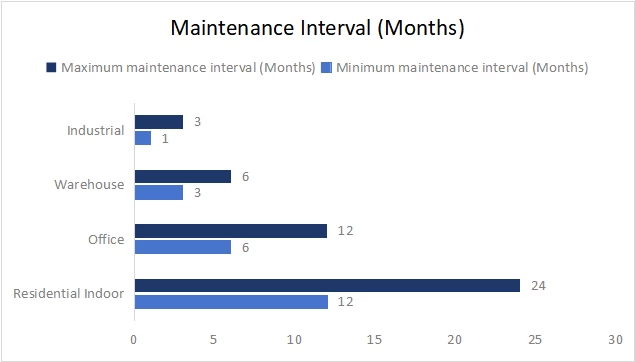
Several factors contribute to the change in the maintenance factor. One of the significant ones is the type of lamp used.
- Some lamps, like LEDs, have better lumen maintenance compared to traditional ones.
- The environment also plays a role. In dusty or dirty areas, luminaires are more likely to accumulate dirt, reducing the light output faster.
- The quality of the components and the initial design of the lighting system also impact the maintenance factor.
Calculating the Maintenance Factor
To calculate the maintenance factor more accurately, the following factors need to be considered:
- Lamp Lumen Depreciation: Different types of lamps (such as LEDs, fluorescent lamps, incandescent lamps, etc.) have varying degrees of light output attenuation during use. Estimates can be made using the lumen depreciation curves or data provided by the lamp manufacturer.
- Dirt Accumulation: Dust and dirt on the surface of the lamp absorb and scatter light, reducing the light output. This is often related to the cleanliness of the environment and the installation location of the lamp. Regular cleaning of the lamp can reduce this effect.
- Lamp Aging: With the increase in usage time, the internal components of the lamp will age, affecting its performance.
- Environmental Factors: Environmental conditions such as temperature and humidity may have an impact on the performance and lifespan of the lamp.
Let’s take a look at the lumen maintenance coefficient and industry standards for lamps with a lifespan of approximately 50,000 hours. As these lamps gradually get used up to that 50,000-hour mark, there are specific industry standards for the light flux they need to meet.
| Time of Use (Hours) | Lumen Maintenance Coefficient | Required Light Flux (lm) |
|---|---|---|
| 0 | 1.00 | Initial value as specified by the manufacturer |
| 10,000 | 0.90 – 0.95 | At least 90% of the initial light flux |
| 20,000 | 0.85 – 0.90 | At least 85% of the initial light flux |
| 30,000 | 0.80 – 0.85 | At least 80% of the initial light flux |
| 40,000 | 0.75 – 0.80 | At least 75% of the initial light flux |
| 50,000 | 0.70 – 0.75 | At least 70% of the initial light flux |
These standards ensure that even as the lamp ages and is used for a long time, it still provides a decent amount of light to meet our illumination needs. Isn’t it fascinating how these specifications help us get the best out of our lighting?
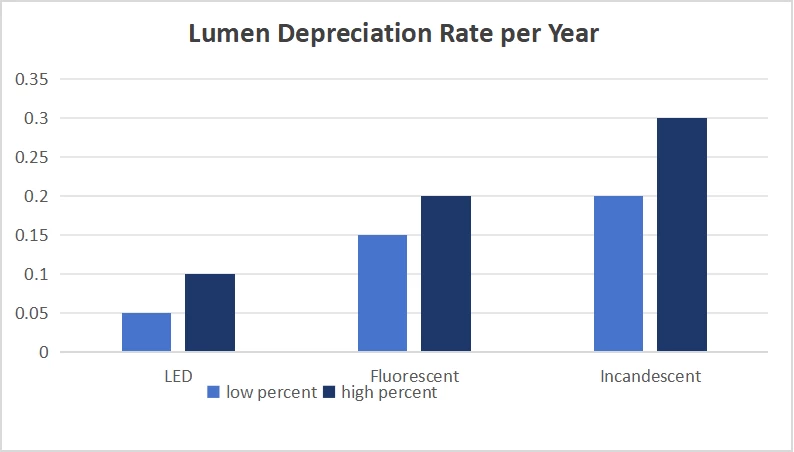
Lighting Maintenance Steps
Power Off & Safety
- Before performing maintenance, power must be disconnected to avoid electric shock and damage.
- For high-altitude luminaires (street lights, high-bay lights), proper protection and support are required.
Surface Cleaning
- Wipe the lampshade, lens, and heat sink with a clean, soft cloth or anti-static cloth.
- Avoid using strong acids, bases, or corrosive cleaning agents.
Inspecting the Light Source and Accessories
- Inspect the LED module, tube, or bulb for aging or damage.
- Inspect the LED driver and ballast for damage.
Inspecting the Electrical Connections
- Check for loose or damaged wires, plugs, and terminals.
- Tighten screws and replace damaged wires if necessary.
Inspecting the Heatsink and Structural Components
- Clean the heat sink from dust and ensure air circulation.
- Inspect the fixture housing, mounting brackets, and screws for tightness.
Restoring Power & Testing
- Power on and test for normal brightness and color temperature.
- For smart luminaires, test control functions (dimming, color adjustment, DMX, etc.).
| Type | Features | Maintenance Focus |
|---|---|---|
| Home | Low power, many units, easy access | Clean shades, replace bulbs, check switches |
| Commercial | Long use, focus on light consistency | Keep uniform light, replace drivers, check fixtures |
| Industrial | High power, harsh environment, high mounting | Check cooling, clean dust, seal waterproof parts, ensure safety of wiring and mounts |
Conclusion
In conclusion, understanding the lights maintenance factor is essential for ensuring that our lighting systems provide right amount of light, are energy-efficient, and have a long lifespan. By paying attention to maintenance, we can create better-illuminated spaces and enjoy all the benefits that good lighting brings.
People Also Ask
How to take off maintenance required light?
- Disconnect the power: Turn off the switch, and preferably disconnect the main power source to avoid electric shock.
- Wait for cooling: The lamp will be very hot after operation, so wait for it to cool down.
- Tools: Screwdriver, insulated gloves, ladder, safety glasses.
- Remove the lampshade or housing according to the instructions and loosen the clips or screws.
- Carefully disconnect the plug-in connector or screw terminal. If the connector is wired, it is recommended to mark it for easy rewiring later.
- Removing the lamp: Support the lamp body with both hands to prevent it from falling.
How often do I need to maintain lamps that are used frequently?
- Home lighting: Maintenance is generally performed every 6–12 months. This primarily involves cleaning dust and inspecting the bulbs/LED modules.
- Commercial lighting: Maintenance is recommended every 3–6 months, with a deep maintenance performed once a year.
- Industrial lighting: Due to long operating times and complex environments, maintenance is generally performed every 1–3 months, with a comprehensive maintenance performed every 6 months.
Why do lamps need regular maintenance?
Lighting fixtures require regular maintenance because, over time, they can accumulate dust and debris, and electrical components can become aged or loose, affecting lighting quality and safety.
Regular cleaning, inspection, and replacement can maintain the stability of your lighting fixtures and extend their lifespan.




